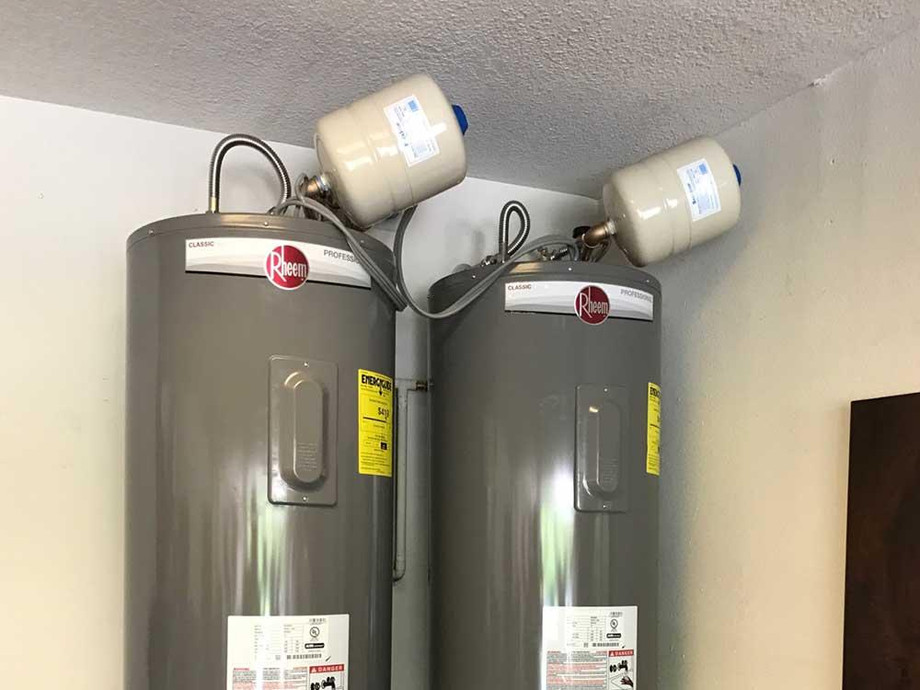The Best Tap Water Filtration Systems: How to Choose One
In the market today, there are a few distinct kinds of tap water filtering devices. Every manufacturer of water purifiers asserts that theirs is the best. Let's face it, you earned your money and don't want to waste it on shoddy goods. So how can you choose which water filtering system is best? Let's examine the options that are on the market.
In order to choose the best tap water filtering system, you must take into account two factors. First, the water filtration system you select should remove all pollutants and germs from the water, not just some of them. Second, even though pollutants and bacteria should be removed during the filtering process, the vital minerals that are naturally present in water should not be removed. Systems that meet both of these requirements are considered to be high-quality tap water filtration systems. Let's now have a look at the many water filtration systems that are currently on the market and choose one that meets both of these criteria and can be considered "quality."

Let's first examine a well-known system called reverse osmosis. Systematic use of reverse osmosis water filtering relies on a straightforward idea. Any material larger than the water molecule is prevented in the filter when the water passes through a semi-permeable membrane and a porous layer. This operates similarly to the kitchen sink filter. The main issue with this approach is that a lot of contaminants have sizes smaller than those of water molecules, allowing them to pass past the filter.
This operates similarly to the kitchen sink filter. The main issue with this approach is that a lot of contaminants have sizes smaller than those of water molecules, allowing them to pass past the filter. As an illustration, consider how salt and sugar pass through the filter in your kitchen sink before going down the drain. Reverse osmosis-based tap water filtration systems are therefore not the best because they are ineffective at filtering out molecules smaller than water. We should proceed because it is clear that this does not meet the requirements we outlined above.
The second method, point of use distillation, employs a marginally more complicated method. In this case, water is first fed via a heated coil, which causes it to vaporise. This vapour is sent via a cooling chamber, where it condenses and transforms back into liquid water. All of the water's inorganic pollutants are eliminated during this process. However, the liquid water still contains organic pollutants that have lower boiling points. Therefore, a point-of-use distillation-based tap water filtration system shouldn't be regarded as one of the best tap water filtration systems either.
For more info:-

Comments
Post a Comment